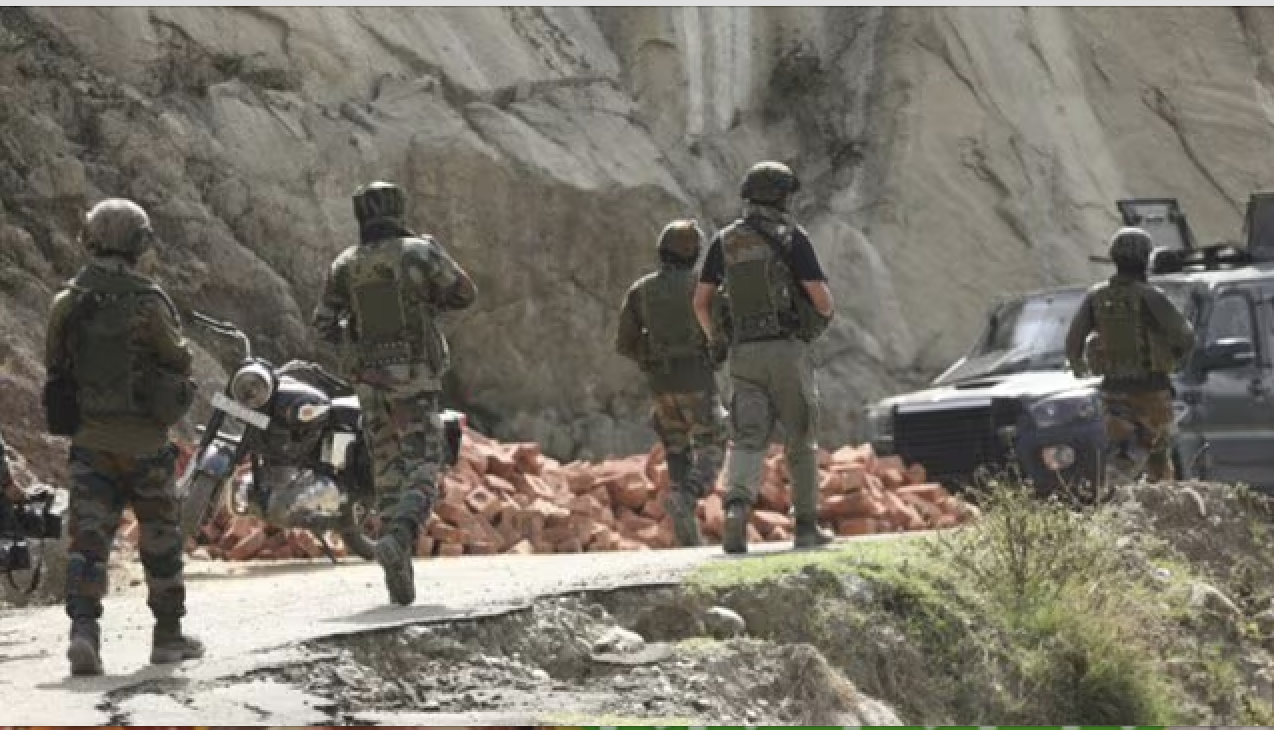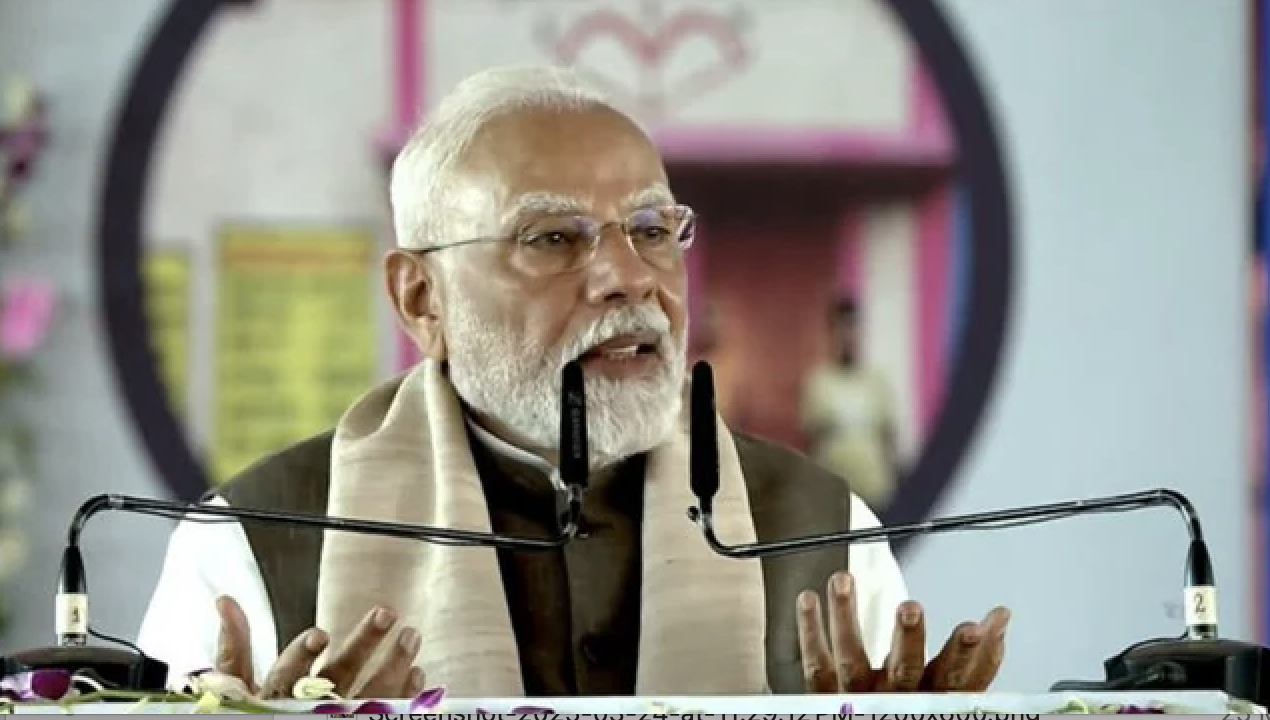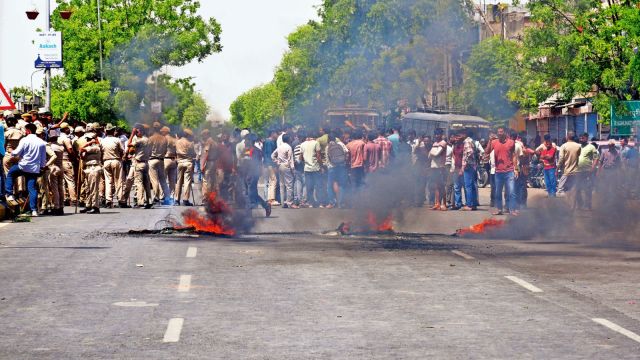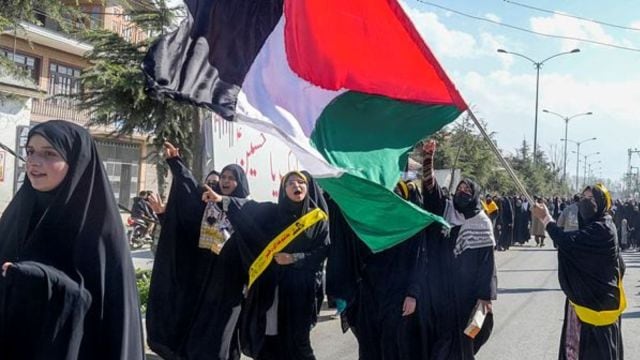
By Mridula Mukherjee / The Wire
As the country waves flags and celebrates the 75th anniversary of India’s independence, it is also time to take stock. What did India’s founders and citizens dream of, how has India fared, what have been our challenges and successes?
The Wire’s reporters and contributors bring stories of the period, of the traumas but also the hopes of Indians, as seen in personal accounts, in culture, in the economy and in the sciences. How did the modern state of India come about, what does the flag represent? How did literature and cinema tackle the trauma of Partition?
The 75th anniversary of independence inevitably turns our thoughts to the hard-fought battle for freedom from colonial rule.
The panorama that opens up before us includes the great revolt of 1857, the graphic theory of the drain of wealth propounded by Dadabhai Naoroji and his contemporaries which laid the economic foundations of Indian nationalism; the founding of the Indian National Congress as the headquarters of the movement for independence; the Swadeshi Movement which brought people out into the streets in Bengal, Maharashtra and Punjab; the dramatic turn with the arrival of Mahatma Gandhi; the horrors of Jallianwala Bagh, the stoic non-violence of the Akali jathas at the Guru ka bagh Morcha; the quiet heroism of the Bardoli kisans; the defiance of the salt Satyagraha; the deathly silence on the hanging of Bhagat Singh and his comrades who refused to beg for mercy; the heady slogan of Quit India; the Azad Hind Fauj and the Red Fort trials; and India’s tryst with destiny at the midnight hour of August 15, 1947.
In this vastness, one looks in vain for any presence of those whose claims to being nationalists are the loudest today. Despite this glaring absence, there is not the slightest inclination on their part to acknowledge that the independence whose 75th anniversary is being celebrated with ghar ghar men tiranga was the achievement of millions of people who were inspired by a vision very different from the one espoused by the current regime. Nor is this happening as a result of soul-searching, admission of past mistakes of staying away from the freedom struggle, and remorse for and/or condemnation of actions promoting a communal atmosphere which ultimately led to the assassination of the Mahatma, or of refusal of the RSS to fly the tricolour for a 52-year stretch after independence, till it became too embarrassing once the BJP came to power at the Centre in 1998.
The facts are as follows: The RSS, which provides the organisational and ideological heft to the BJP, was set up in 1925 by K.B. Hedgewar. In the entire period from 1925 till 1947, it did not participate in any campaign or movement launched by the Congress or any other party or group. Nor did it initiate any movement against the British by itself. This is indeed remarkable for an organisation which claims nationalism as its creed. The mystery is solved very easily, however, if we realise that its creed is indeed nationalism, but not Indian nationalism. Its creed always has been and is Hindu nationalism. Its primary purpose therefore was to consolidate Hindu society against the perceived threat of Muslim domination.
Its founder, Hedgewar, had in fact been a middle level leader in the Congress in Nagpur and even went to jail in the non-cooperation movement. But he was a staunch follower of B.S. Moonje, a Hindu Mahasabha leader who had visited Italy, met Mussolini, studied Italian fascist institutions and was greatly impressed by them. It is also believed that he was influenced by V.D. Savarkar’s Hindutva which had been published in 1923 but had been in circulation earlier, in which Savarkar set out the essentials of the Hindutva ideology of India being a land that belongs to Hindus and those whose punyabhoomi and pitribhoomi are in India, thus excluding Muslims, Christians, and any others who fitted the bill from being part of the Indian nation.
There is also speculation that Hedgewar was more of an organisation man, and the intellectual and ideological input or directions in fact came from Savarkar, who was still restricted to Ratnagiri after his release from Andaman jail, on the condition that he could not take part in politics or travel outside Ratnagiri.
This is strengthened by the fact that Savarkar’s elder brother Baburao Savarkar was one of the five people present at the founding meeting of the RSS in Nagpur in 1925 and later merged his own organisation Tarun Bharat Sangh with the RSS.
Two years after the foundation of the RSS, the anti-Simon Commission protests swept the country but the RSS was nowhere to be seen. A little later, in December 1929, Jawaharlal Nehru as president unfurled the national flag at the annual session of the Congress at Lahore, and declared complete independence as its goal. The Congress also decided to observe January 26, 1930 as Independence Day when the national flag would be raised in every town and village, and the national pledge taken by all present. Hedgewar claimed that since the RSS believed in complete independence it should observe Independence day but it would raise the Bhagwa jhanda (saffron flag) and not the tricolour. This was a perfect example of the RSS method, of giving the impression that they were nationalists but keeping away from the actual national movement.
In a similar vein, when the civil disobedience movement was launched later in the year, Hedgewar decided that he would join as an individual but the RSS as an organisation would stay away. So he went to jail to keep his nationalist credentials intact, and also, according to his official biographer, to attract Congress cadre in the jail to the RSS. The RSS focus right through the 1930s remained on building the organisation. There was some tension between the RSS and the Hindu Mahasabha, especially once Savarkar came into the open, as the Hindu Mahasabha wanted to play a more active political role, especially in the electoral sphere, but these relationships remained close at the ideological level with Hindu Mahasabha leaders regularly addressing RSS meetings, and there being a great deal of overlapping membership, as was revealed in intelligence reports before independence as well as in the investigations in the aftermath of Gandhiji’s assassination.
This story was originally published in thewire.in . Read the full story here






